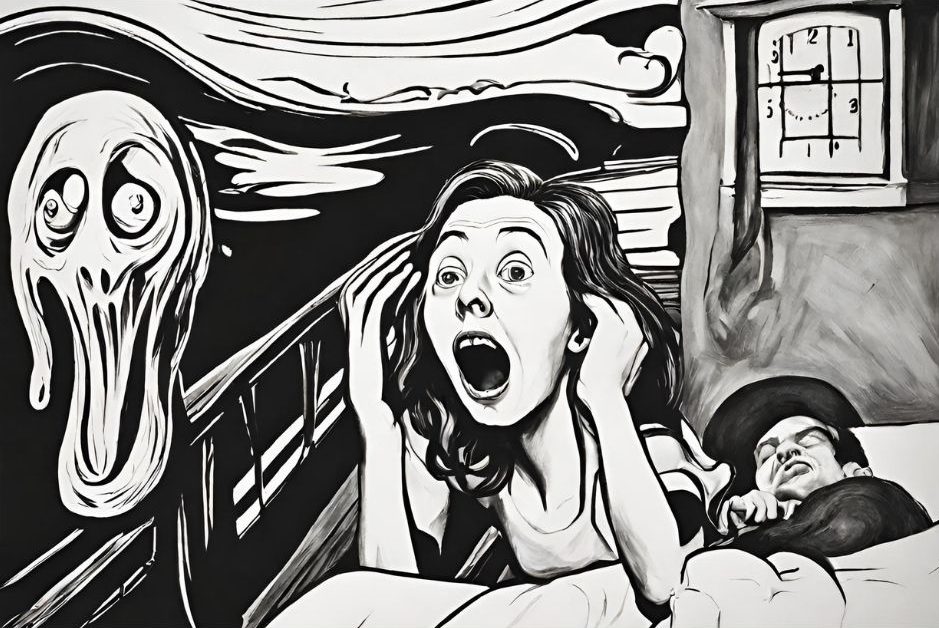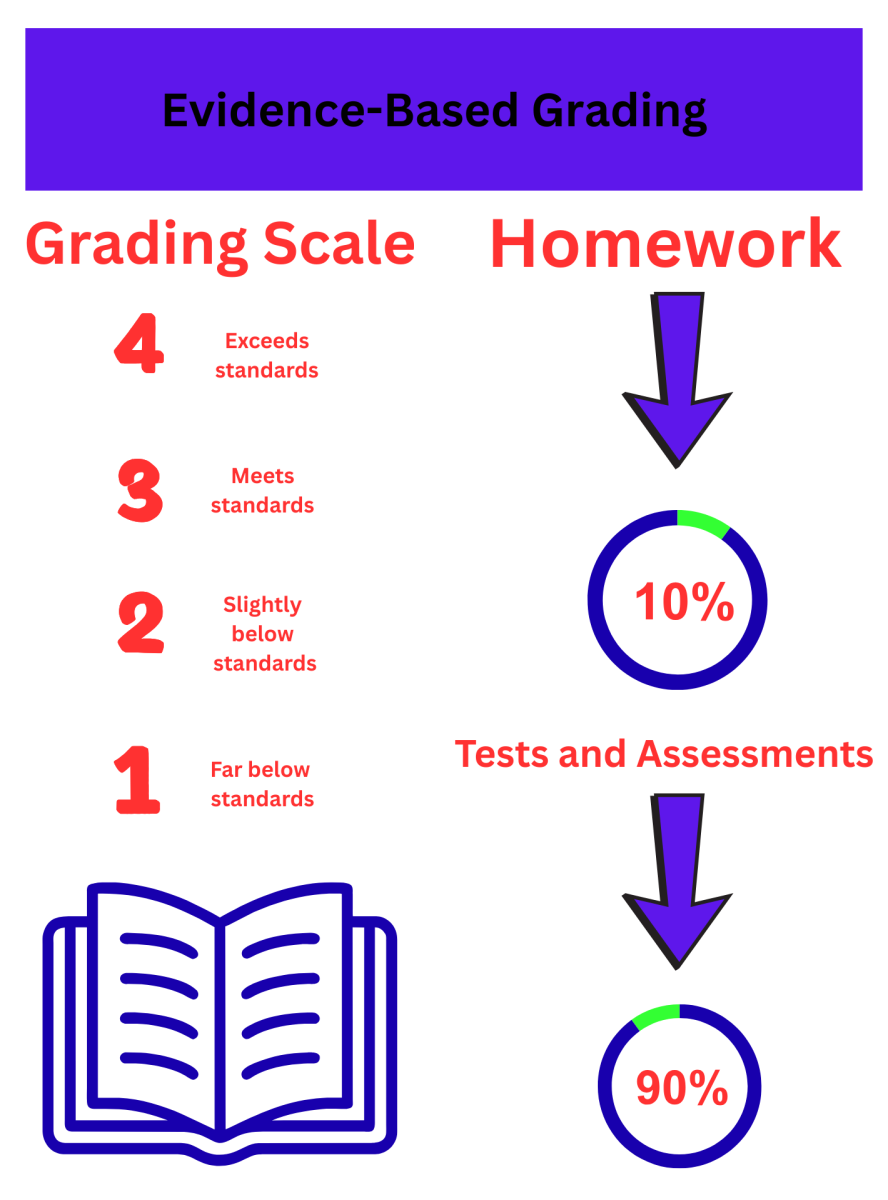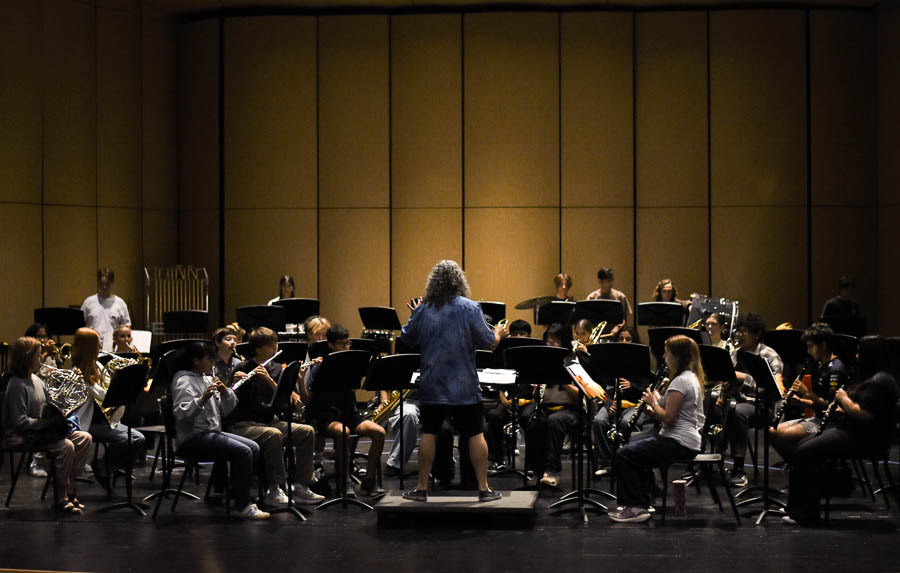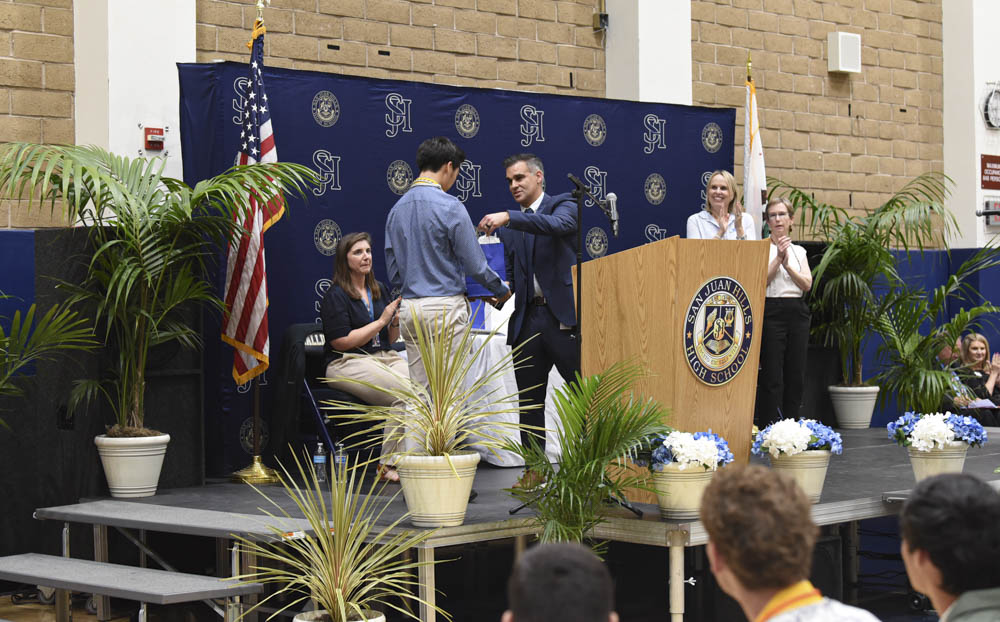Over seven million Californians, nearly 60% of all voters in 2018, voted to give the legislature the power to end the annual time change known as Daylight Saving Time. How can it be that we are still falling back and springing forward on our clocks and in our daily routines every year?
Regardless of what side you took on Proposition 7, it seems like it shouldn’t take over five years for the change to occur after being voted on by the people.
It’s because Senator Marco Rubio’s Sunshine Protection Act has stalled in Congress. And while states can opt out of DST, they cannot act to make DST permanent without an act of Congress.
Most everyone agrees changing the clocks twice a year is not optimal. But people have debated whether standard time or daylight-saving time is better. But that debate seems to be over, with politicians favoring DST over Standard Time.
Some states in the country have set the example for doing away with the semiannual time change. Arizona opted out of daylight-saving time in 1968 and Hawaii never adopted it in the first place. 19 states have passed legislation to operate OPENING THE DOORS: Cutting the ribbon for the grand opening of the wellness center, Stuart McClure, Manoj Mahindrakar, Refugio Gracian, Christopher Brown, Judy Bullocks, Amy Hanacek, and representatives from CHOC Hospital, join together to celebrate the second wellness center in the Capistrano Unified School District. Located in the guidance building, students can come in to take a break and practice healthy coping habits to relax with pressures and anxiety. Photo by Sydney Hogancamp NEW WELLNESS CENTER OFFERS ACADEMIC AND MENTAL HEALTH SUPPORT permanently on daylight-saving time because it maximizes the hours of sunlight and eliminates the changing of clocks.
Sleep scientists favor Standard Time, but economists and business experts tend to support DST because of increased economic activity and lower electricity usage.
The history of DST did not begin with farming, as some people believe. It began in the U.S. during WWI and it was removed post-war but eventually brought back during WWII as an energy saving method. After WWII ended, the schedule was never removed.
According to a study done by the American Institute of Neurology, even the extra hour of sleep brought by fall back has adversely affected sleep quality simply because of the shift in people’s sleep schedules.
A study among 30,000 adults showed them to be twice as likely to have issues falling asleep and staying awake after the semiannual time changes.














